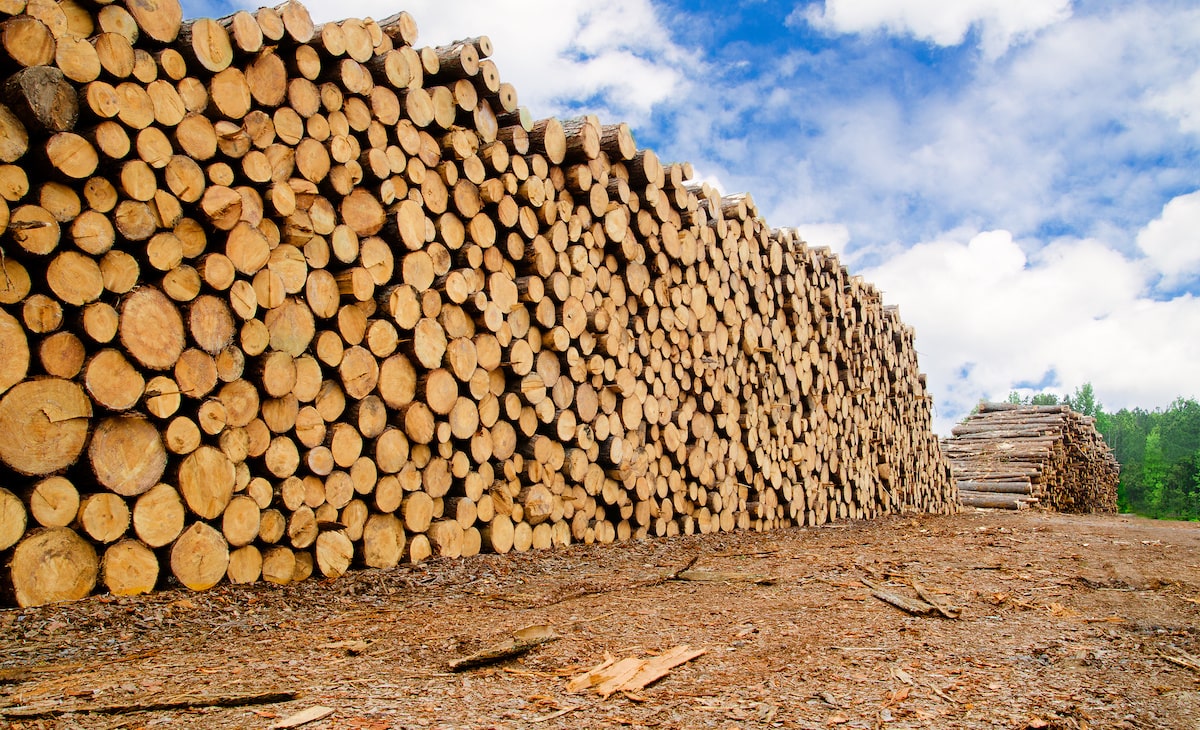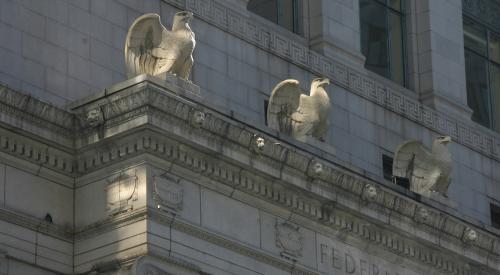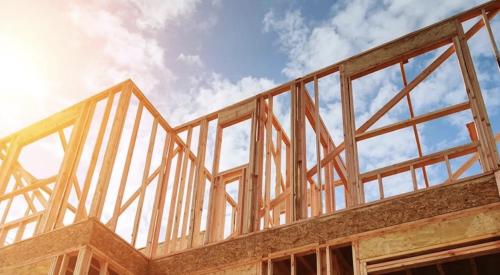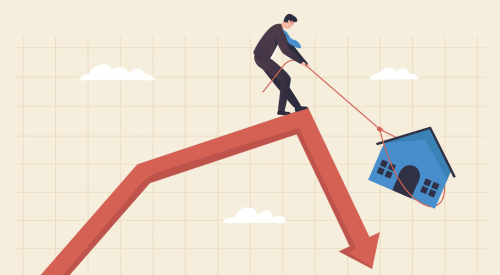As a result of increased deficits and ongoing supply chain issues, the Consumer Price Index reported a 6.2% year-over-year inflation gain for the month of October, marking the largest increase in over 30 years, according to NAHB Now.
Though most economists expect inflation to ease in 2022, ongoing labor shortages and a recent decision by the Commerce Department to double tariff rates on lumber will keep housing prices high into the new year. Supply-chain issues are also delaying construction starts across the country, though single-family permits are steadily increasing. If high inflation persists months into 2022, the housing market and overall economy could face long-term risks substantiated by the ongoing financial impacts of COVID and its variants, including the new omicron strain.
While most economists, and the NAHB forecast, expect inflation to ease, the key question is how quickly. Our analysis, including effects from higher home construction costs and rising rents and owner costs, indicate that inflation will persist well into 2022 as the economy attempts to deal with increased deficits and ongoing supply-chain issues.
How to tame inflation will be the top challenge for Federal Reserve Chair Powell, whom President Biden has selected for a second term as the top monetary policymaker. This responsibility is not just on the Fed however, as increased fiscal discipline by Congress and the administration is required to help reduce inflation risk.












